How to do a barbell squat: Beginner tips, variations and common mistakes to avoid
Want to build strength in your lower body? Here's how to do barbell squats with perfect form
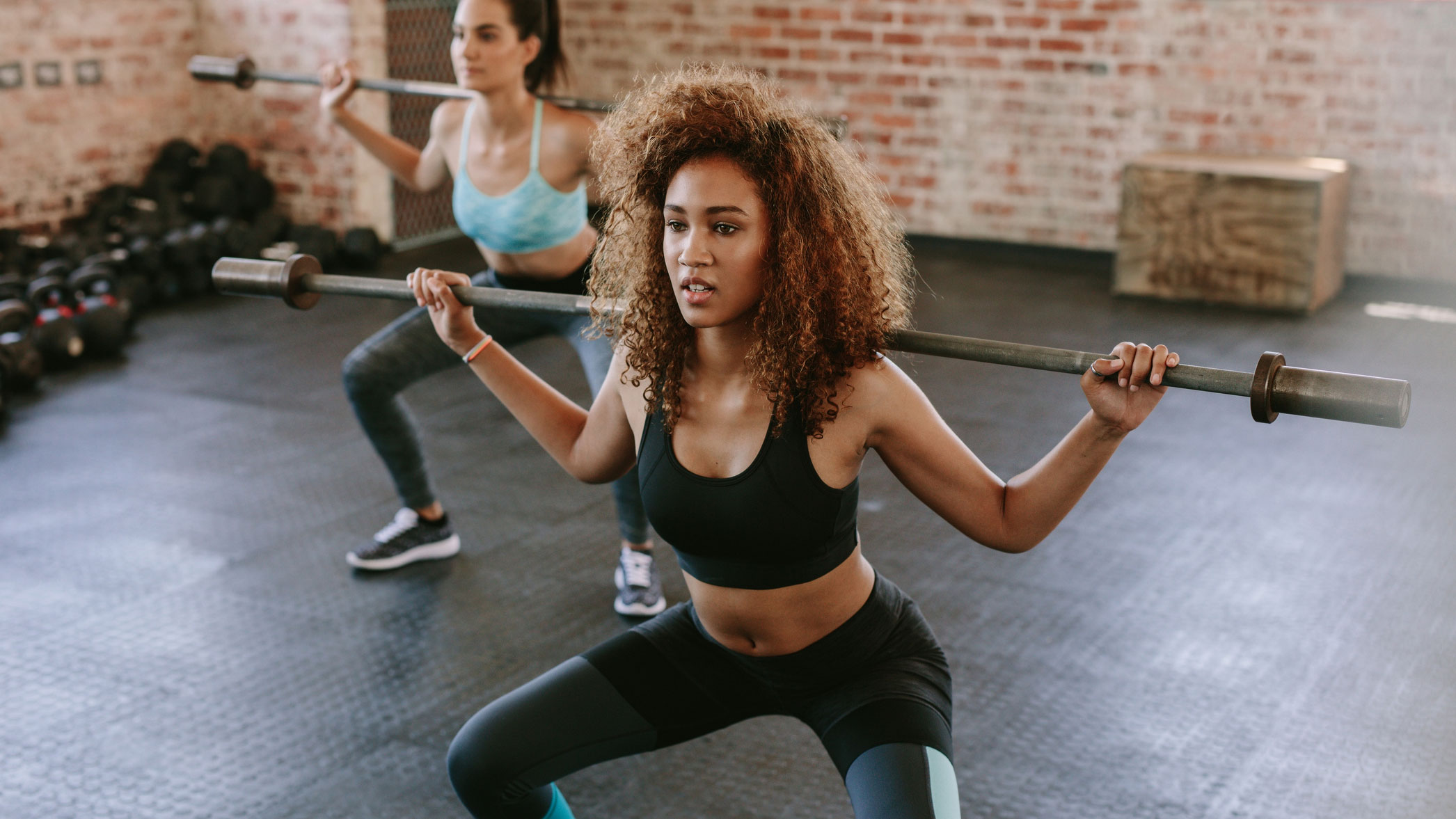

Find out exactly how to do a barbell squat because if you’ve mastered the bodyweight squat and squatting with dumbbells, you’re ready for the next step. The barbell squat is one of the best muscle-building exercises you can do, and we’re about to take you through why that is – and how to do it right.
The barbell squat is sometimes called “the king of exercises” because it improves so many aspects of your body. It improves sprint speed and jump height in athletes, according to the British Journal of Sports Medicine. It boosts bone density and prevents osteoporosis, a health condition that weakens the skeleton, as a study found in the Journal of Strength and Conditioning Research tells us.
It even increases the production of testosterone and growth hormone in men, which rapidly improves the body’s ability to build muscle. Barbell squats also improve the range of motion in our legs, helping us to perform simple tasks like sitting down and standing up even in later life. It works almost every muscle group in our lower body and our cores, helping us become stronger.
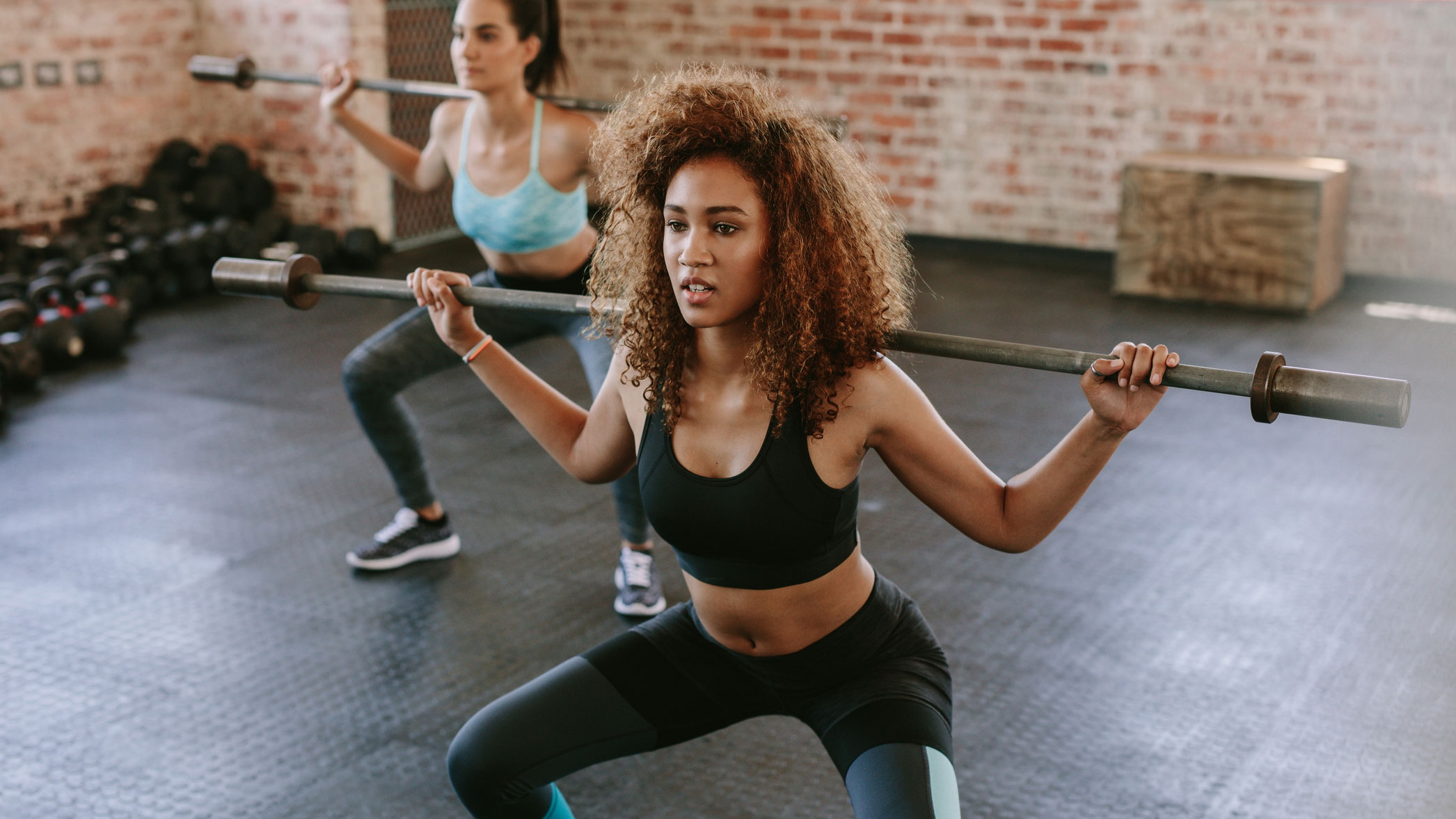
You can start off with just the bar, or a light weight you can manage – and of course, we’d recommend you do – but as you get stronger, the squat can become a great way to get into lifting weights in a big way. If you’ve been using the best adjustable dumbbells and you struggle to hold them during a set, the barbell squat evenly distributes the same weight across your back, so you can train your legs without the struggle to hold the weights in your hand.
It really is one of the best exercises you can do – if you learn to do it properly. Below, you can find a step-by-step guide to the basic barbell squat, along with some essential form tips. Once you’ve mastered the basics, try our variations to spice up your workout and get the most out of the king of all muscle-building moves.
How to do a barbell squat
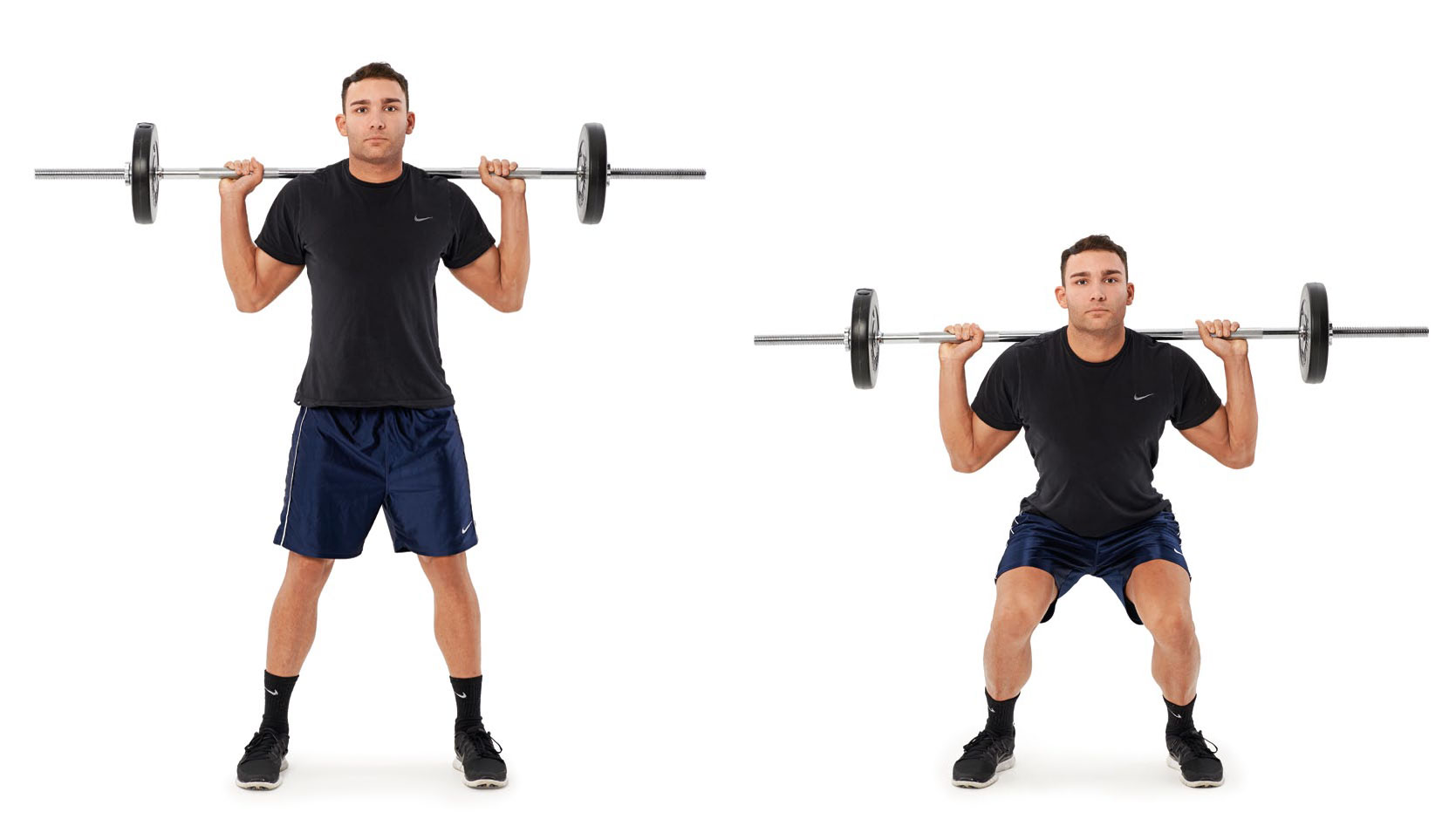
Using a barbell, instead of dumbbells, helps spread the weight across your shoulders and arms. It’s a great place to start for those who struggle with heavy dumbbells.
- Pick up a barbell loaded with medium to heavy weights and lift it onto your shoulders. Pull back your shoulders so that the bar has a place to rest.
- You should be holding the bar with an overhand grip (with your palms and fingers facing forwards).
- By pushing your hips back and bending at the knees, lower your body as far as you can.
- Pause, then return to the starting position. Your core should be braced, your lower back arched and your torso remains upright throughout.
How to do a barbell squat: Form tips and common mistakes
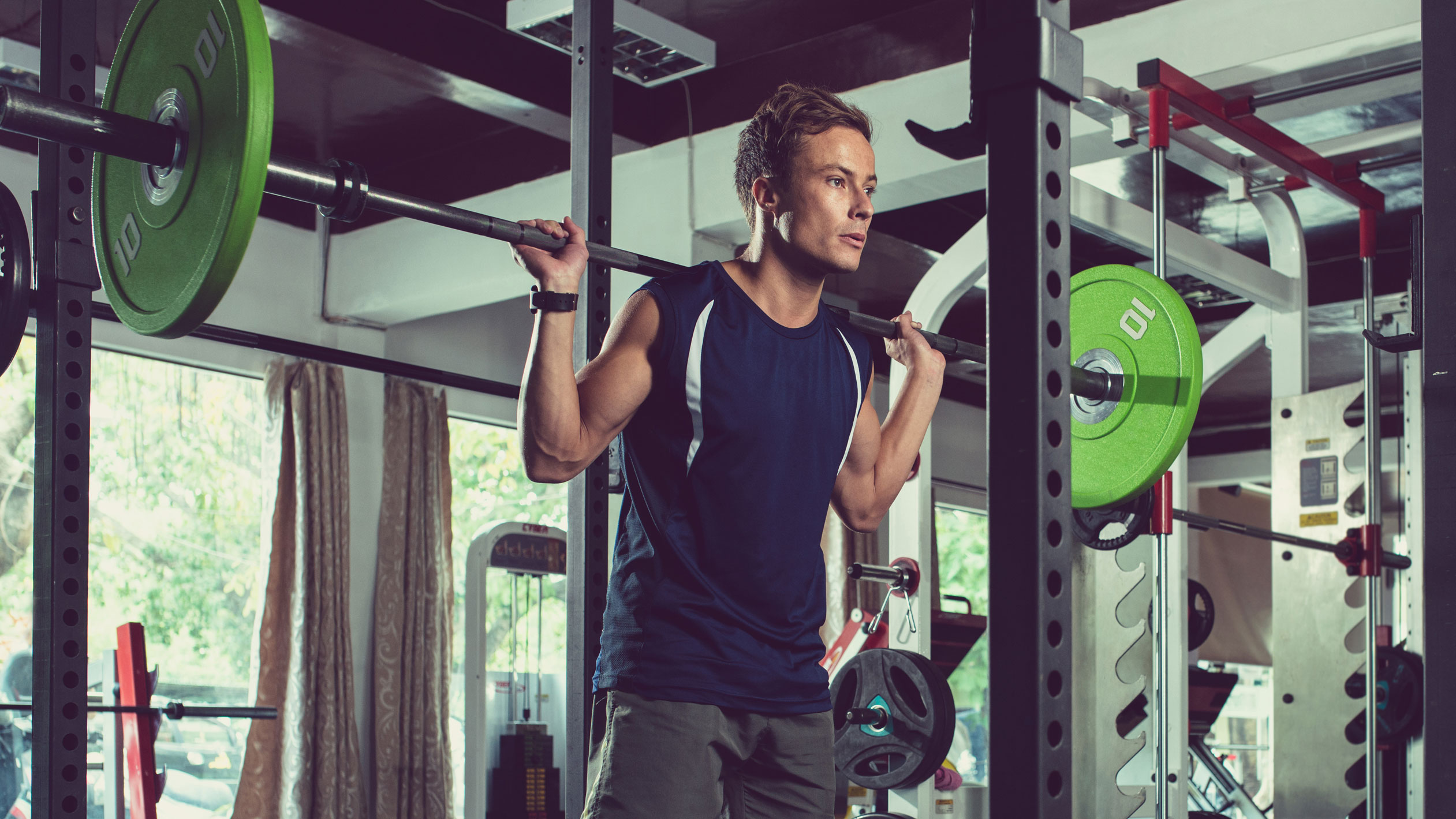
“Focus on keeping your core tight at every point during the movement," says PT and strength coach, Rogan Allport. "If you let go of that core tension, you will destabilize your spine and hurt your back.”
Get the Fit&Well Newsletter
Start your week with achievable workout ideas, health tips and wellbeing advice in your inbox.
Barbell squats have a whole lot of benefits that make them an essential exercise for someone keen to train their lower body. However, when supporting additional weight across your back, your risk of injury increases. This is why it's always best to start out with just the bar or a much smaller weight, before progressing up to a larger load.
When performing the move, keep your head up, breathe naturally and focus on your abdominal muscles rather than your legs, which is called "engaging your core" and will be a core (sorry) principle for lots of strength training movements.

Another key thing to bear in mind is to engage and squeeze your glutes as you come back up from the squat position, especially when you get to the top. However, while you do this, Allport advises not to drive your hips forward too far, or you'll risk unbalancing yourself.
Ready to increase your load? Tig Hodson and Sam Prynn, co-founders of women's fitness brand StrongHer, advise investing in a barbell squat rack if you're working out at home. “You will need to start using the racks as it will become increasingly difficult and unsafe to pick the bar up from the floor and place on your shoulders,” they warn.
The barbell squat is a great strength-training move, which also makes it quite tiring. An article published in the Journal Of Strength And Conditioning Research shows high repetition sets of the barbell back squat increase the risk of injury. While experienced weightlifters often train hard, using a squat rack and having a spotter on hand to help, you should be able to lift the weight off your back and place it down safely if you're trying this move for the first time.
Once you've got a handle on the basic barbell squat, try out the front squat and overhead squat below.
Variation: Barbell front squat
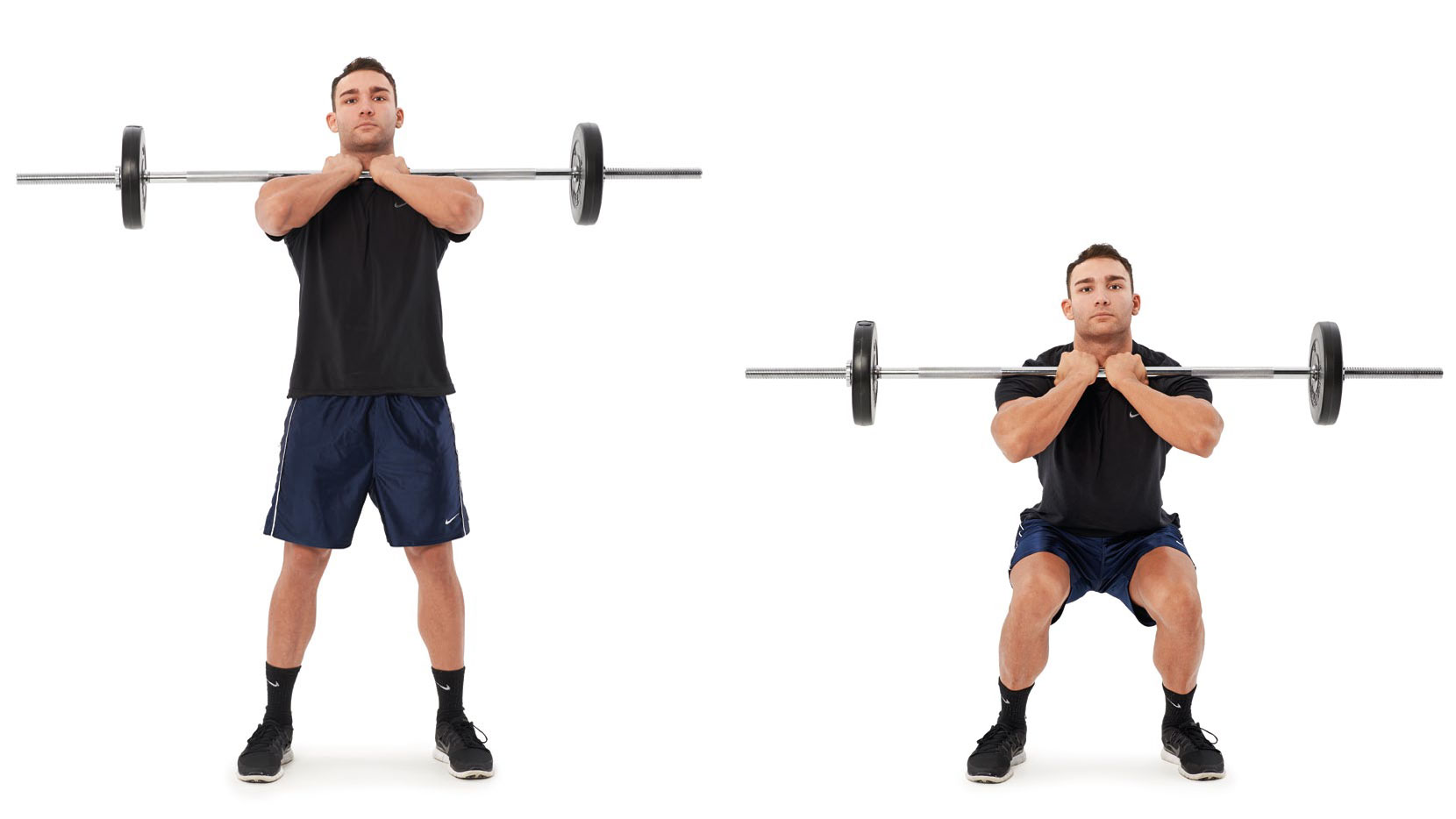
This version of the barbell squat features a close grip. Traditionally, weighted exercises performed with a close grip are tougher than those with a standard or wider grip.
- With your feet slightly wider than shoulder width apart, pick up the barbell in the center of the bar.
- Your hands should be close together. Lift it to shoulder height and push back your shoulders, so you can rest the bar on your shoulders, with hands just below your chin.
- Perform a squat in a controlled manner. Your elbows should be bent throughout, with the point of the joint facing towards the floor.
- Pause and then return to the starting position.
Variation: Overhead barbell squat
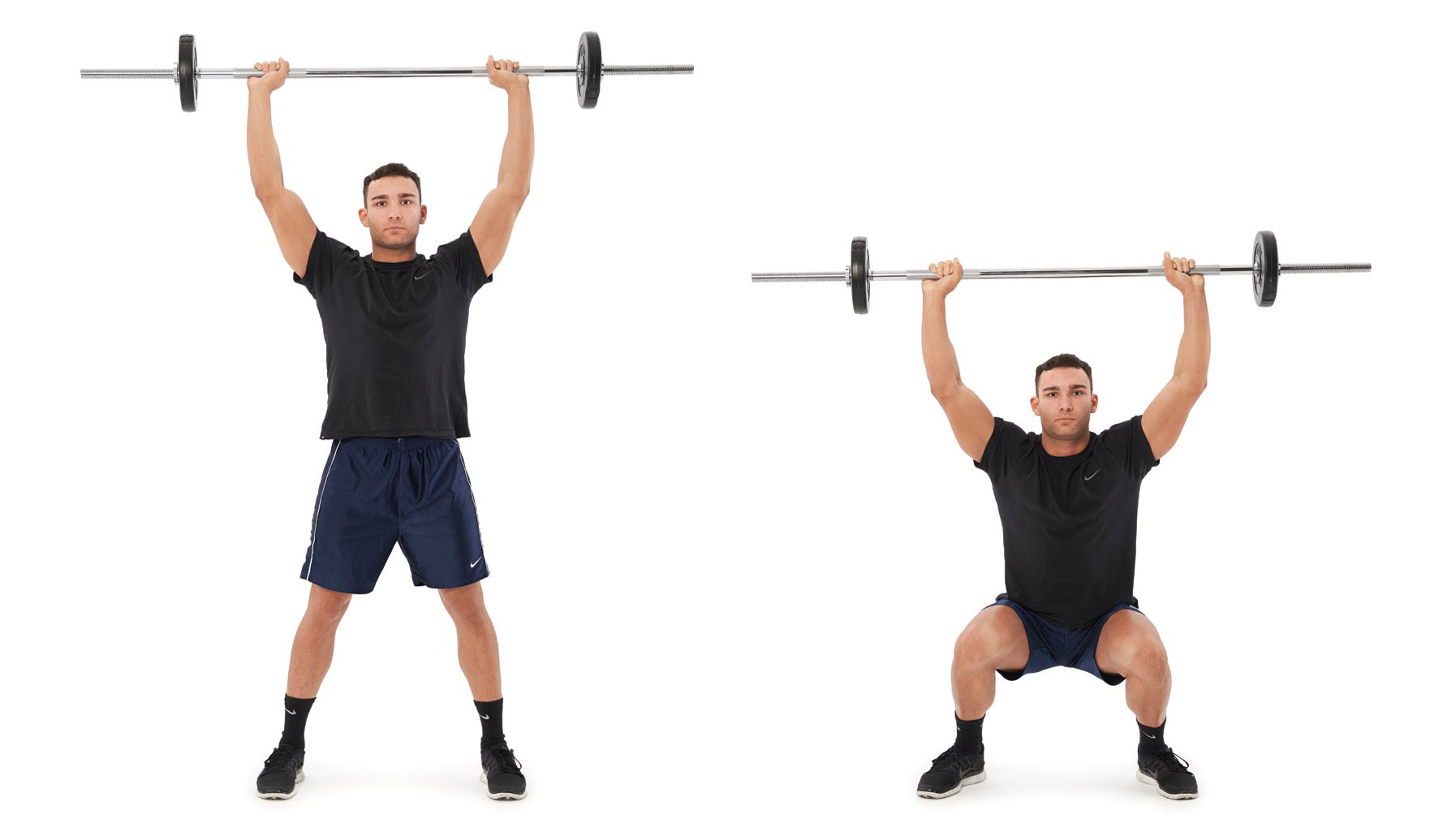
This variation of the barbell squat helps to tone up your abdominals as well as testing your arms, shoulders, quads, and calves. That’s because you need a strong core to perform it for any length of time. If you’re struggling to hold the barbell up, try using slightly lighter weights.
- Standing with your feet slightly wider than shoulder width apart, pick up a barbell with an overhand grip and hoist it above your head.
- Your core should be braced, with your stomach drawn in.
- Slowly lower yourself towards the ground to perform a squat.
- When you’re as low as you can go, pause, before slowly returning to the starting position.
A word of warning before you embark on overhead barbell squats, though. “This is an advanced movement that requires huge amounts of mobility in the shoulders," the StrongHer team says, adding: "This should only be performed after comfortably squatting with good form for a year or under the watch of a coach”
Liked this? Find out how to do lunges
Matt Evans is an experienced health and fitness journalist and is currently Fitness and Wellbeing Editor at TechRadar, covering all things exercise and nutrition on Fit&Well's tech-focused sister site. Matt originally discovered exercise through martial arts: he holds a black belt in Karate and remains a keen runner, gym-goer, and infrequent yogi. His top fitness tip? Stretch.